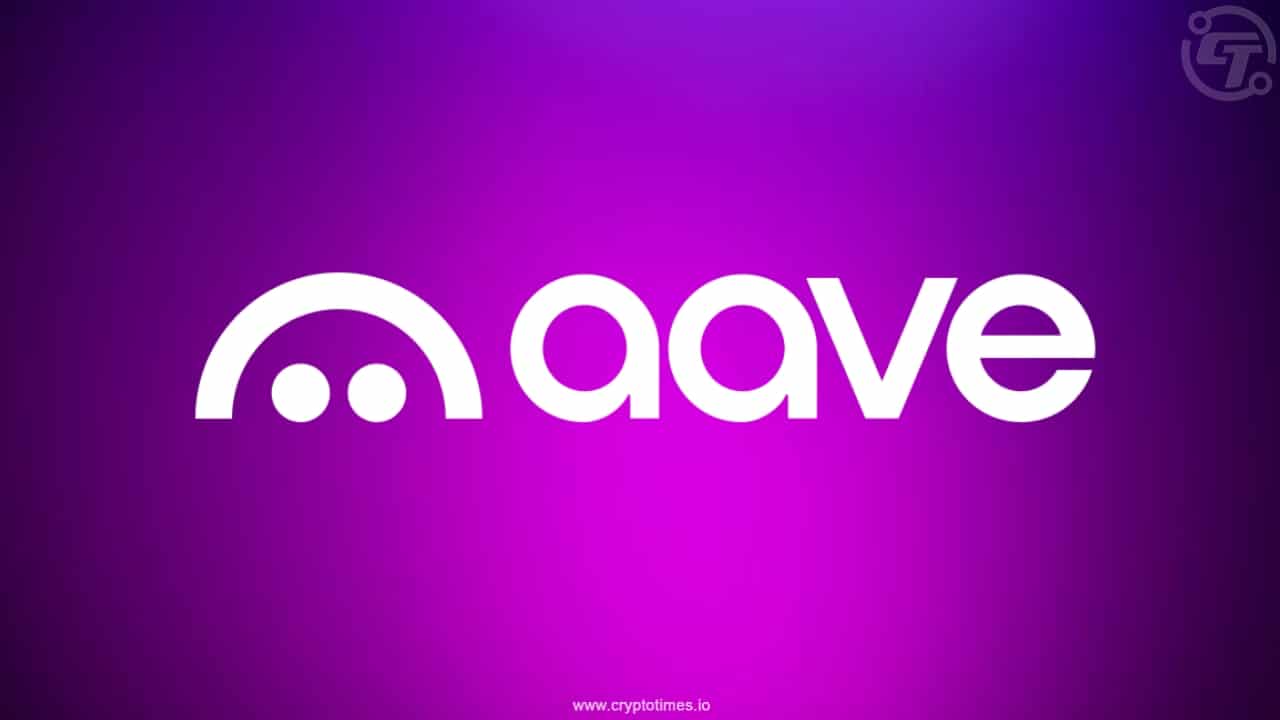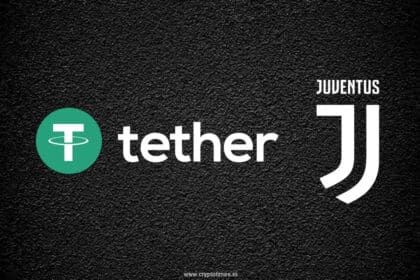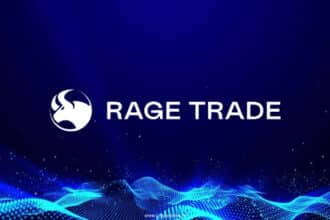Aave, one of the largest decentralized lending protocols, has surpassed a significant milestone with its total net deposits (TVL) exceeding $75 billion. It is currently the first decentralized finance (DeFi) protocol to achieve the mark.
The update was shared in a post on the protocol’s official X account, marking one of the highest liquidity levels ever recorded in decentralized finance (DeFi).
According to data from DefiLlama, Aave ranks first among the top DeFi protocols globally by TVL, reflecting strong activity across its all deployments on blockchain networks like Ethereum, Arbitrum, Plasma, Base, Avalanche, Linea, and others. The growth follows a broader rebound in on-chain lending and borrowing activity amid increasing institutional participation in DeFi markets.
DeFi’s accelerating growth trajectory
The $75 billion milestone positions Aave alongside some mid-sized traditional financial institutions in terms of assets under management. For perspective, if Aave were a traditional bank, it would rank roughly among the top 70 global banks by deposits — close to institutions such as the Brazilian Central Bank and UBS Switzerland AG.
DeFi’s growth curve has accelerated in 2025 as more capital flows into yield-generating products and tokenized assets. DeFi adoption, the integration of stablecoins and tokenized treasuries has helped strengthen on-chain liquidity, creating a more resilient lending environment.
Aave’s $75 billion in net deposits illustrates how DeFi has evolved into a parallel financial system with measurable scale. It also signals broader confidence in decentralized credit markets and sets the stage for continued debate about how blockchain-based systems might coexist with, or challenge, the global financial establishment.
The growing contrast between DeFi and traditional banking
While Aave’s TVL milestone demonstrates DeFi’s growing scale, it also underscores key structural differences between decentralized protocols and banks.
DeFi platforms like Aave allow users to deposit and borrow against crypto assets directly through on-chain pools, governed by community protocols rather than corporate entities. In contrast, traditional banks rely on regulatory capital ratios, credit risk assessments, and central bank oversight.
The rapid inflow of deposits into DeFi platforms has also revived discussions about systemic risk and smart contract vulnerabilities. Analysts note that while the growth signals greater user confidence, sustainability will depend on ongoing improvements in protocol security and regulatory clarity.
Also read: Aave Founder Believes that Declining Rates Could Ignite DeFi Revival












